NAIROBI (XINHUA) – Kenya, Ethiopia and Uganda can reduce inflation by almost a half if they achieve adequate food security status, enabling them to shake off food imports that contribute to high inflation, leaders of the central banks in the region said on Tuesday.
Governors of central banks in East Africa Community (EAC) and financial experts drawn from several African countries said in their presentations at a meeting on how to curb inflation in the region on Tuesday that global food prices have had a significant effect on inflation in these eastern Africa countries.
“We have found that every time there is contraction of agriculture sector, there is an increase in inflation,” said Emmanuel Tumusiime-Mutebile, the Governor of Bank of Uganda at a meeting in Nairobi. “Our research indicates that in Ethiopia and Kenya, international food prices have a high impact on inflation,” said Bo Sjo of Linkoping University of Sweden.
The high level policy dialogue brought together over 40 delegates from different countries in Africa will be attended by governors from Ethiopia, Kenya, Nigeria, Rwanda, Morocco, Tanzania, Uganda and South Africa. The main aim of the forum is to understand the major causes of the high inflation in East African countries, share experiences and best practices with a view to better design policy to stem the soaring prices.
The Governor of the Central Bank of Kenya Professor Njuguna Ndungu said there is a need for the affected countries to accelerate growing of high yielding crops and improve post harvest handling to reduce losses. It is estimated that for crops like maize, up to 40 per cent of harvest is lost because of poor storage facilities.
He said there is a need to invest in food processing facilities, better transport and develop better market channels to ensure that farmers get value for their produce without exploitation by brokers. Other experts recommended that there is a need to improve regional food market to ensure that regions that do not have adequate food can access it from other trading bloc members.
EAC for example is a common market and therefore allows free movement of food but other challenges related to bad roads and corrupt highway officials affects the pace of this free movement. The Governor of the Central Bank of Tanzania Benno Ndulu said there have been situations in his country where while there is plenty of food in southern part of Tanzania, the northern part experiences shortage.
Ndulu said a similar experience happened in Kenya last year when bumper harvest in western region was experienced at a time when there was near hunger situation in north eastern region. “These are issues of food movement and market organisation that we need to address,” said Ndulu.
The challenge for EAC and countries like Ethiopia is that they depend on rain-fed agriculture that is vulnerable to rainfall availability. The climate change phenomenon for example has disrupted rainfall seasons and this has already seen countries like Kenya receiving less rainfall during the short rains seasons and disrupted rainfall during the long rain seasons.
“What is needed is serious pursuing of irrigation to mitigate against uncertain rainfall,” said Robinson Githae, Kenya’s acting Minister for Finance. “When we have more food, it means low inflation and this will help the region create the much needed jobs and social stability,” he said during the meeting.
Economic analysts said the high rate of inflation in East Africa has been a major source of policy concern. Driven by multiplicity of factors – macroeconomic imbalances, structural factors and exogenous shocks, the recent bouts of inflation in East Africa has threatened to derail recent macroeconomic achievements in the region Other experts called for diversification of staple food in the region from the predominant maize to other foods like rice, cassava, sorghum among others including those that are drought tolerant.
In 2010, EAC leaders held a summit that approved the way forward for achieving food security in the region. The leaders appreciated that while the region has adequate land to feed its population and export food, it has faced food shortage situation almost every year. (Xinhua)










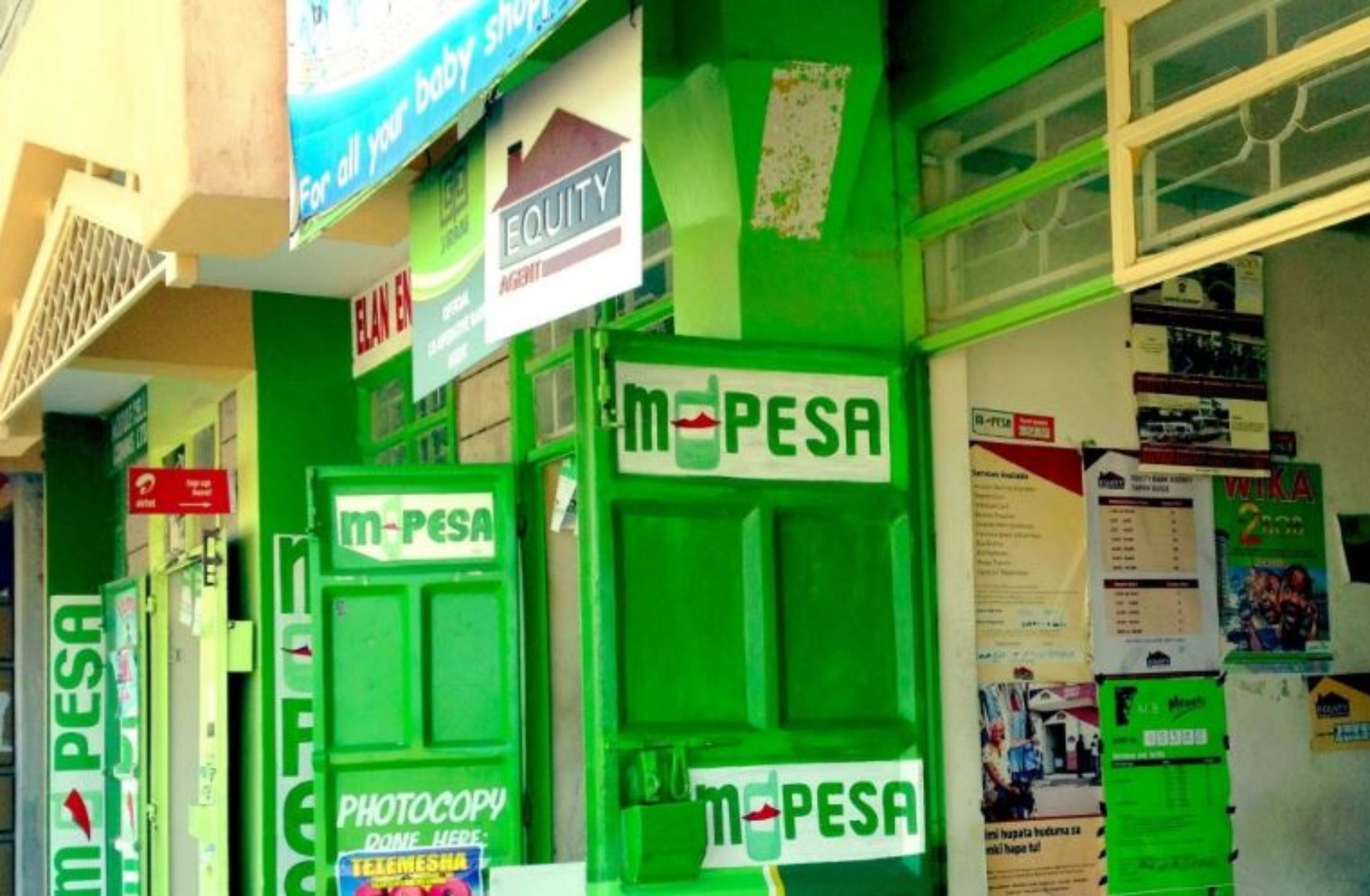



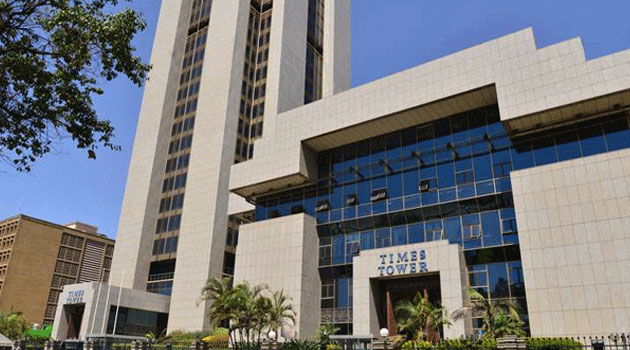




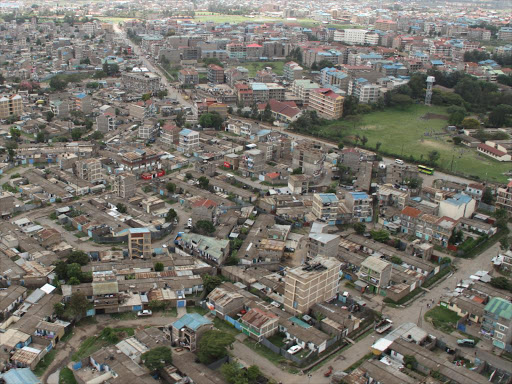
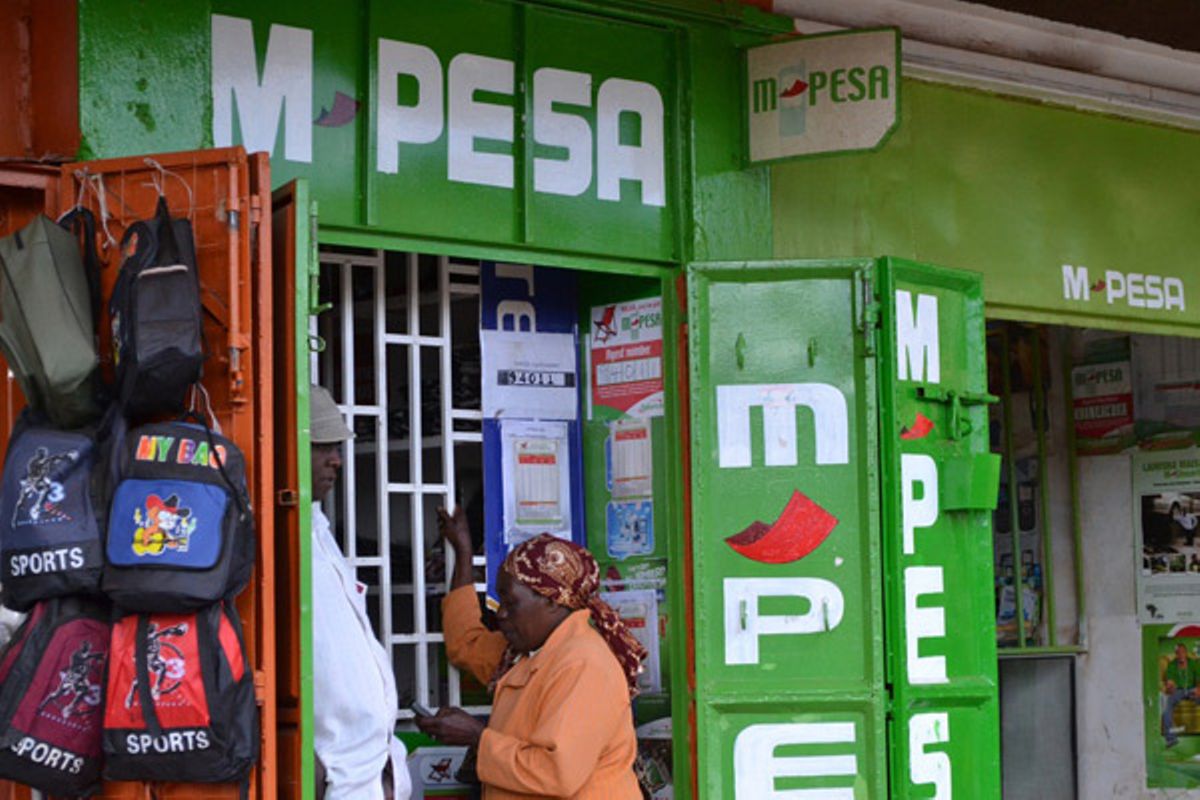


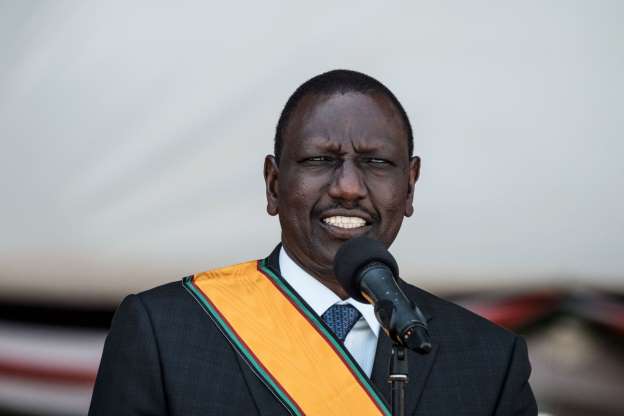






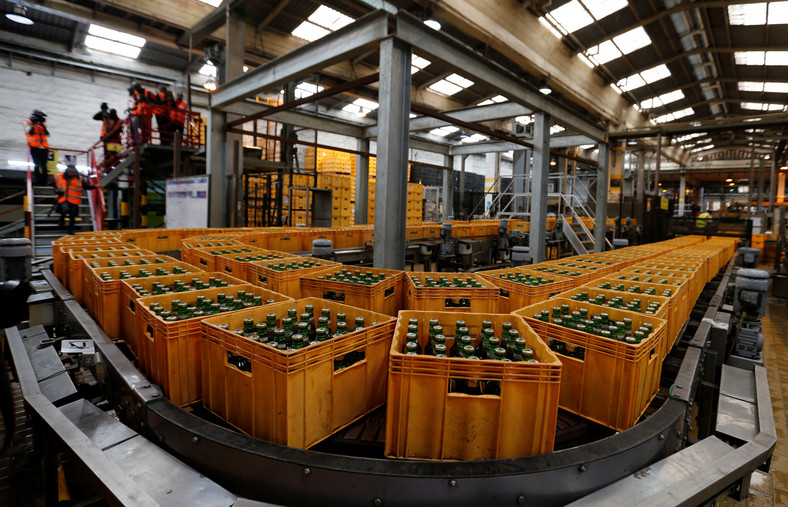


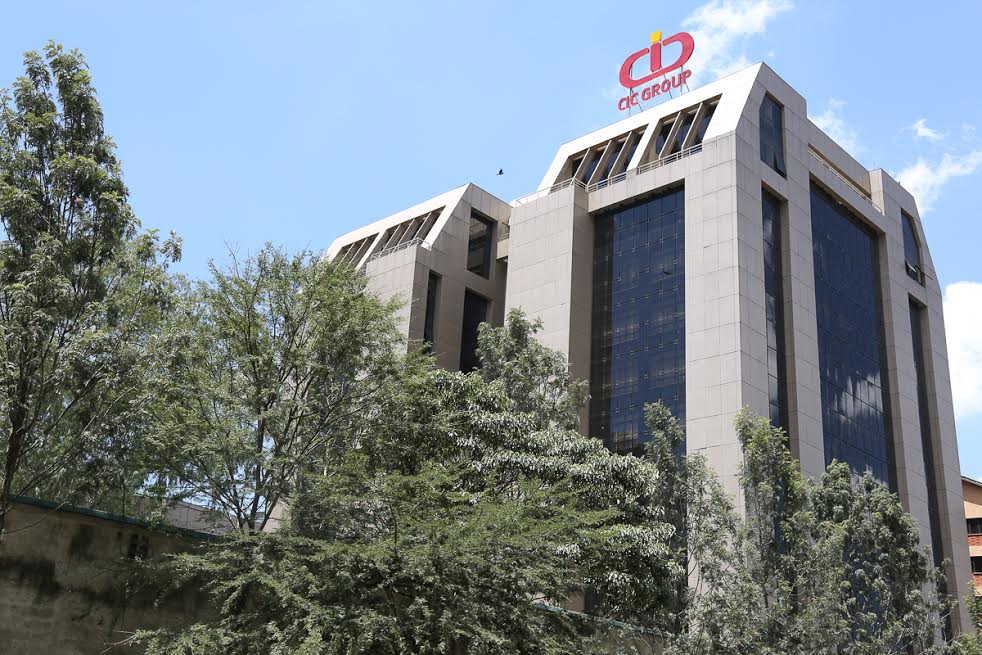
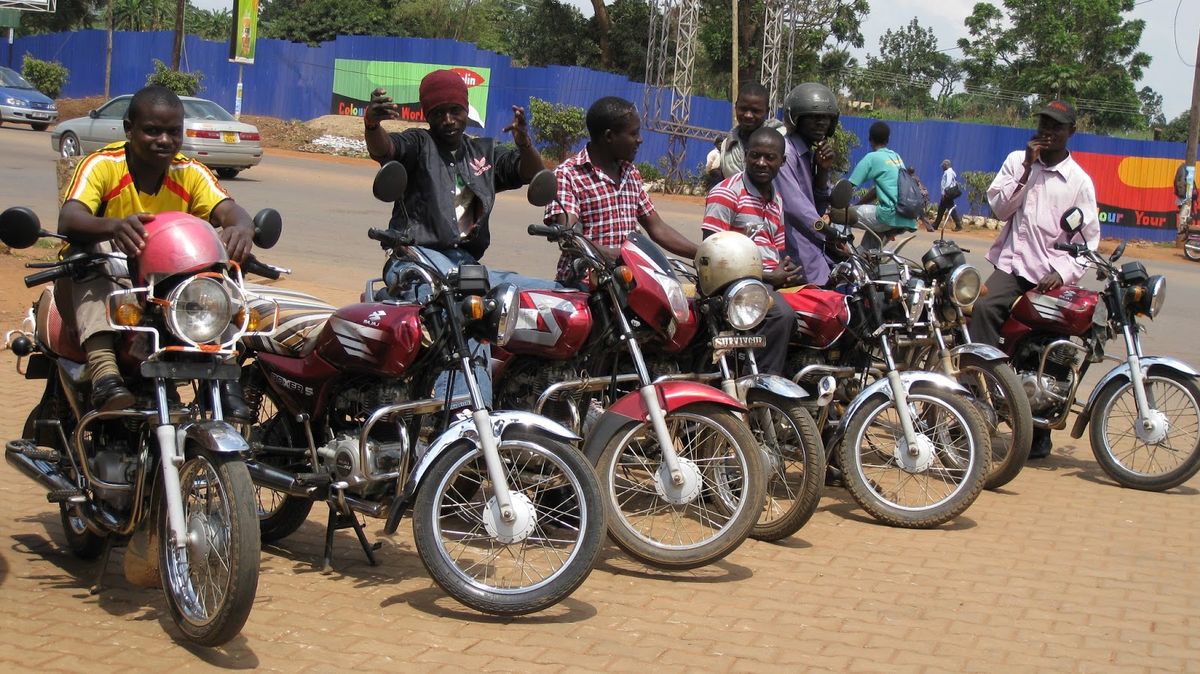


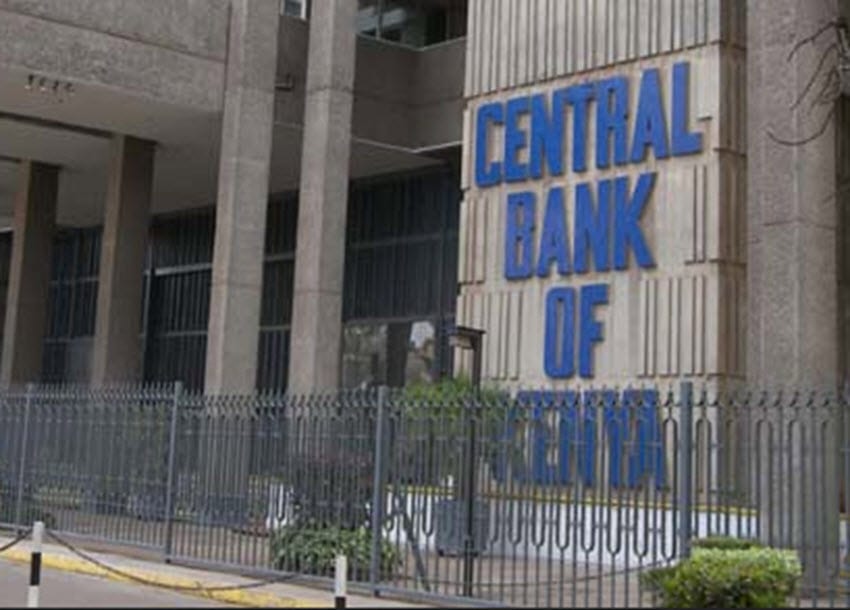


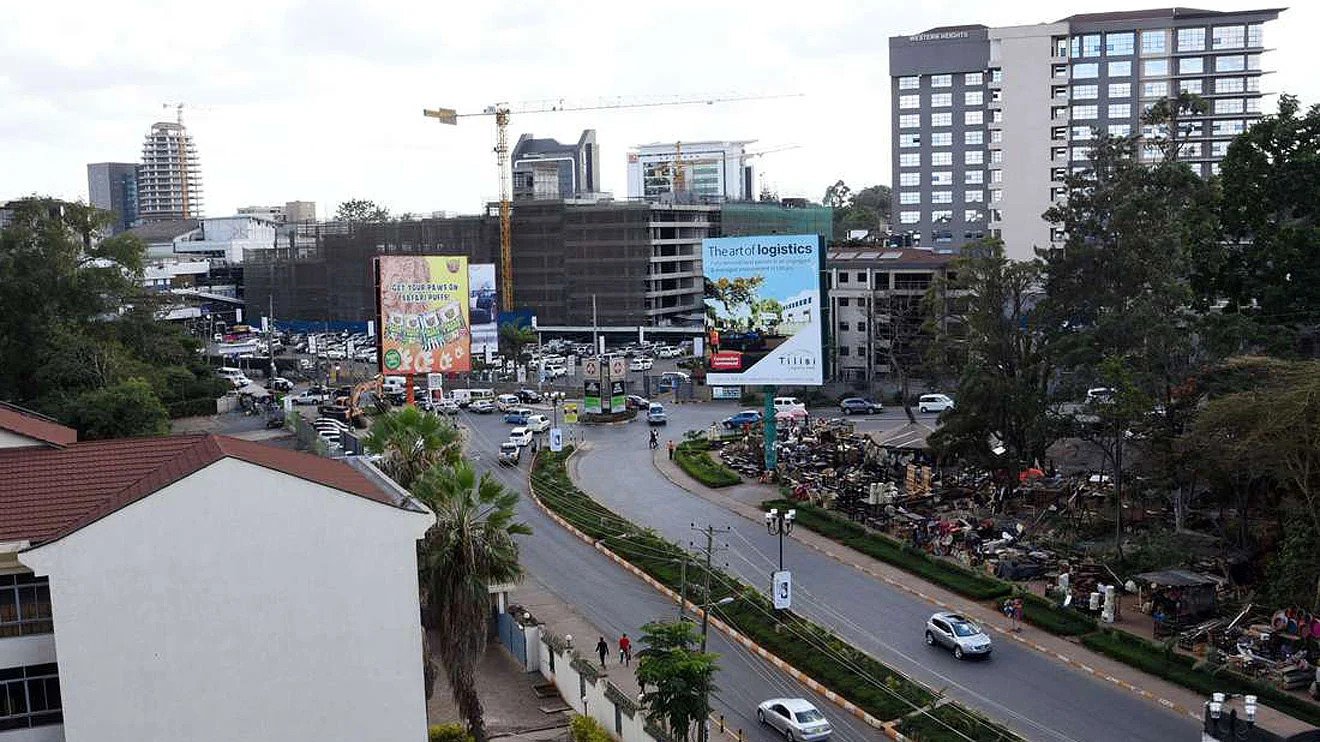






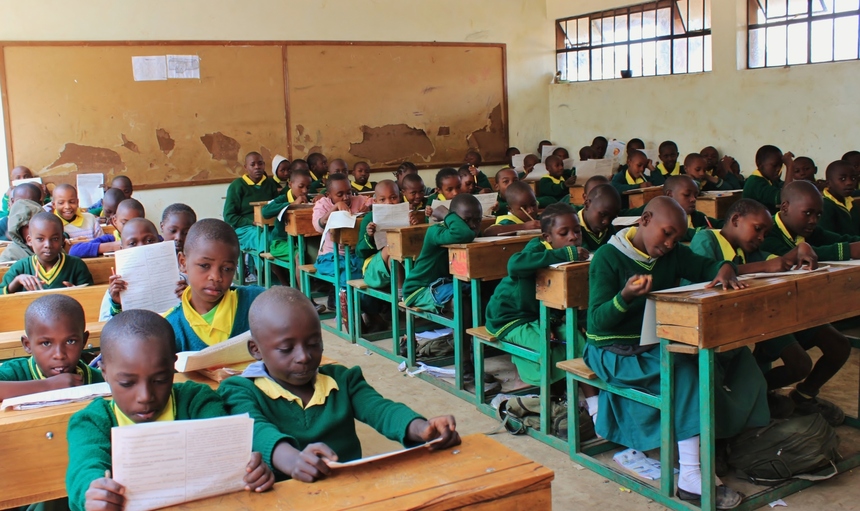
![Pula Co-Founders and Co-CEOs, Rose Goslinga & Thomas Njeru. Pula provides agricultural insurance and digital products to help smallholder farmers manage climate risks, improve farming practices and increase their incomes. [ Photo / Courtesy ]](https://businesstoday.co.ke/wp-content/uploads/2021/01/Pula-Co-Founders-and-Co-CEOs-Thomas-Njeru-Rose-Goslinga.jpg)







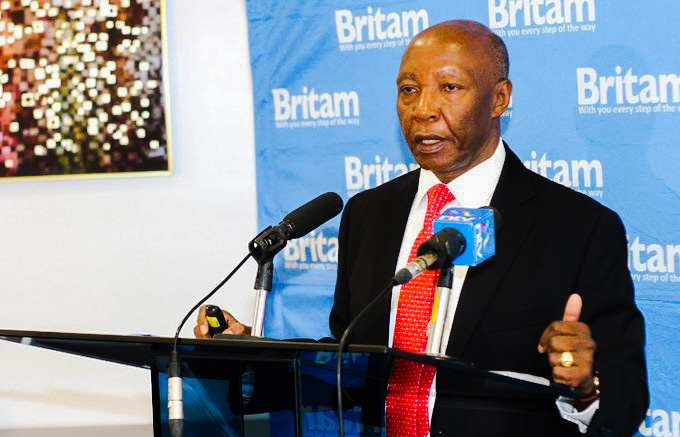

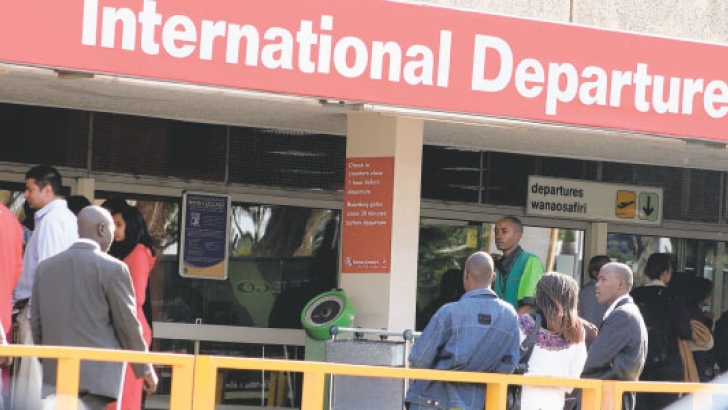

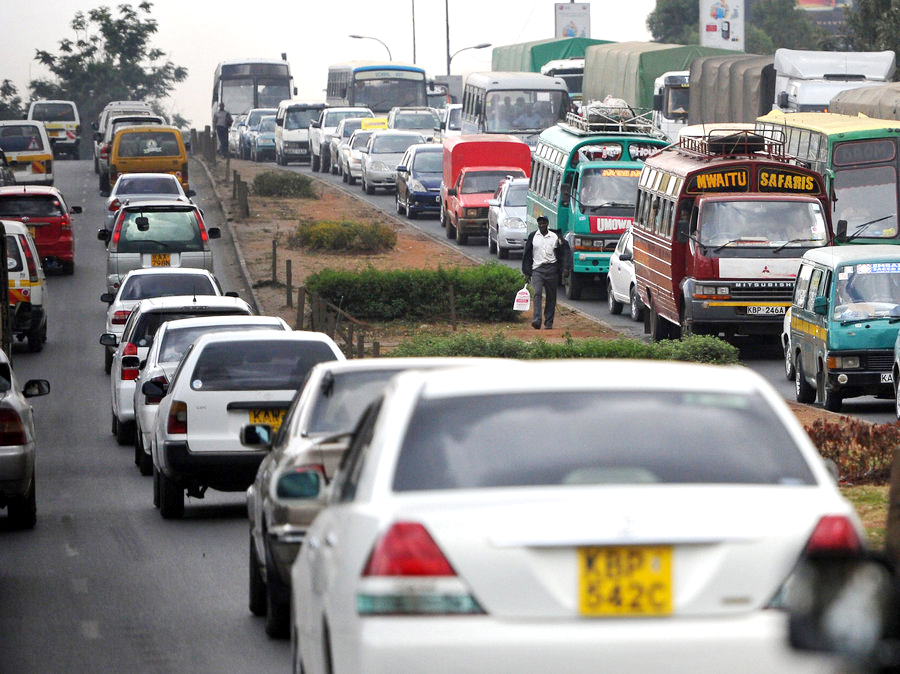




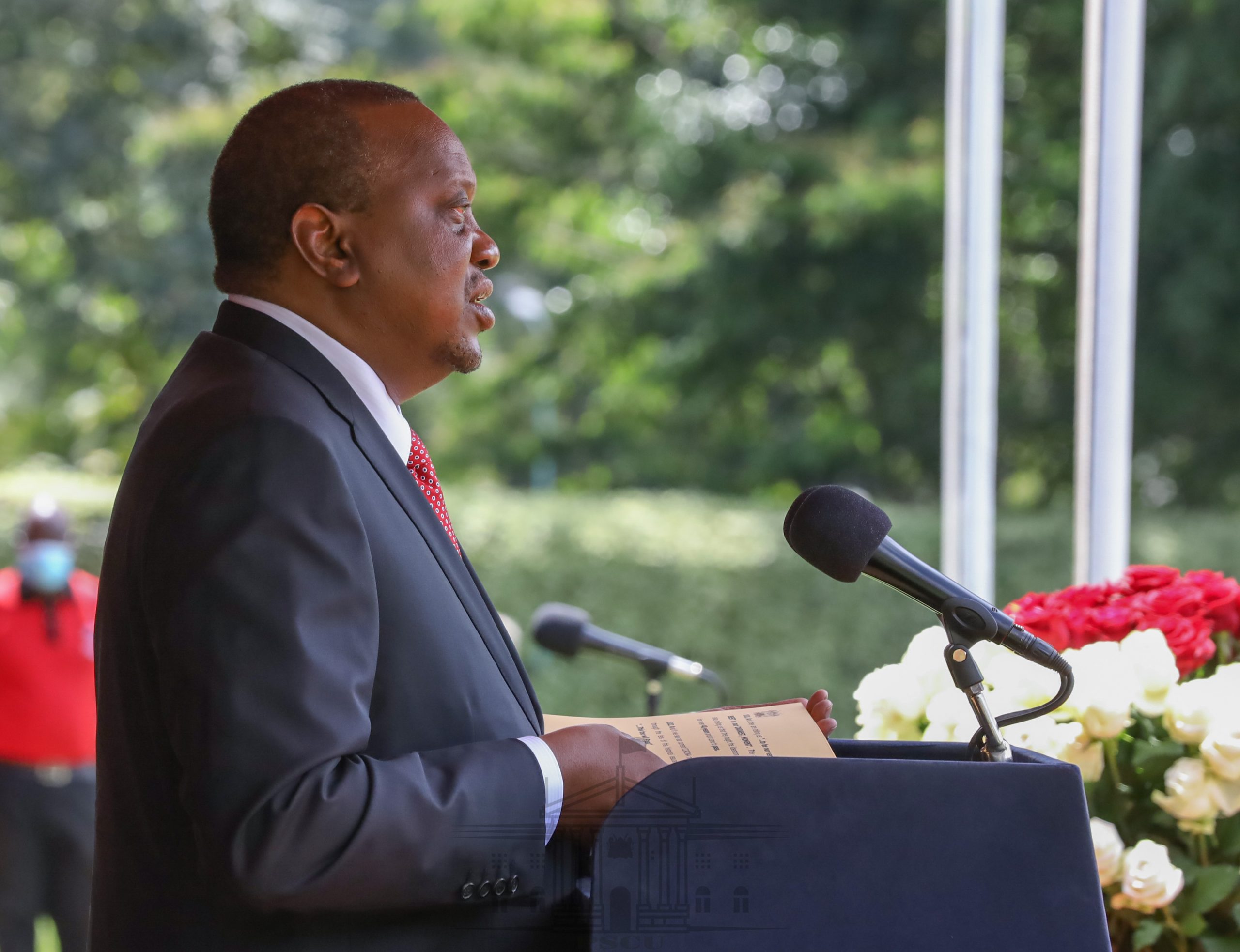




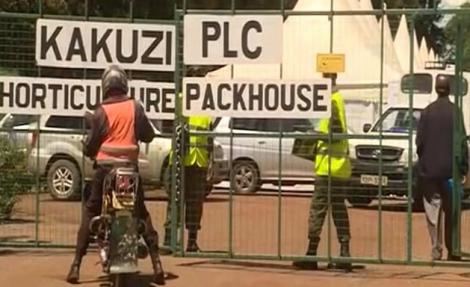



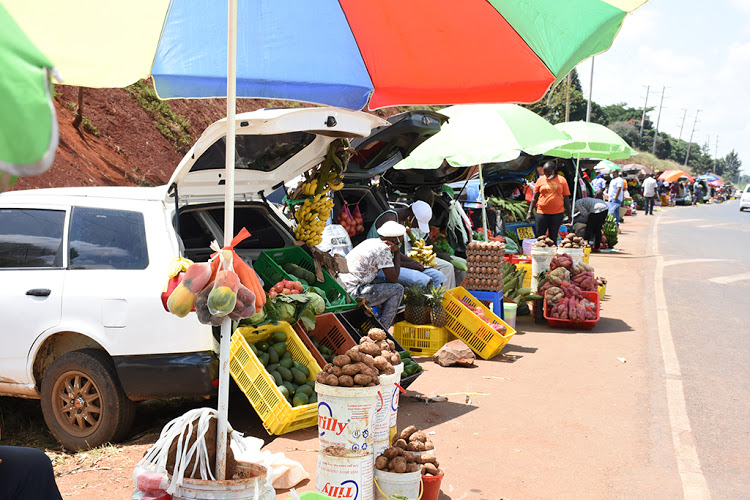

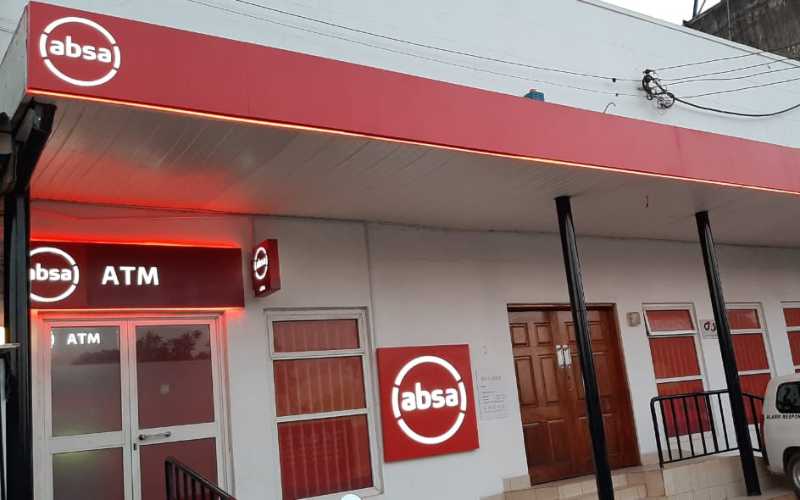








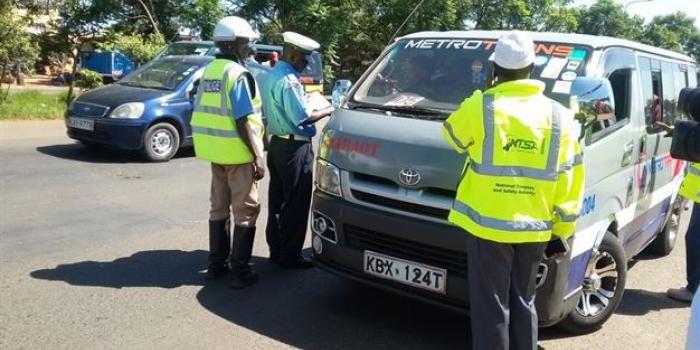


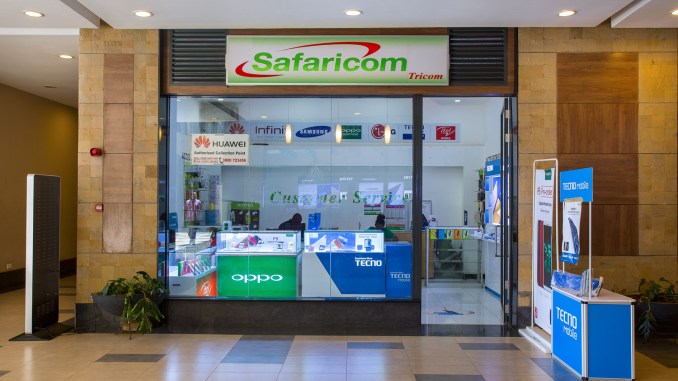
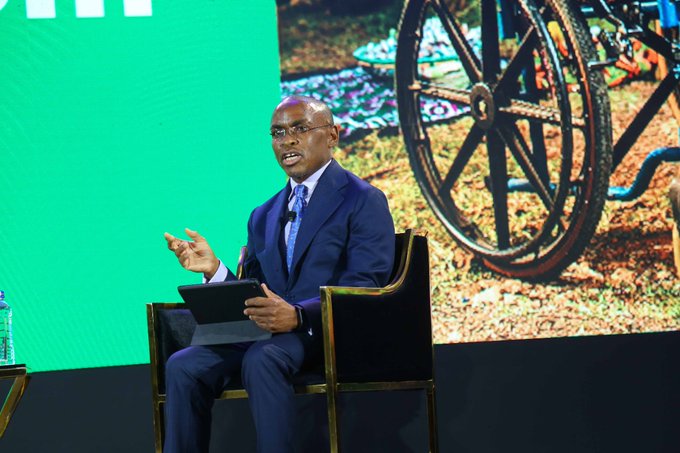










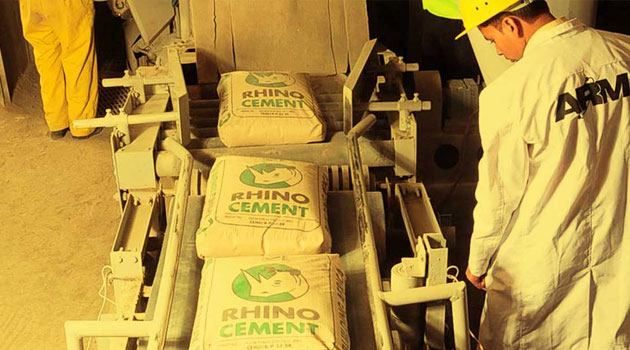








Leave a comment